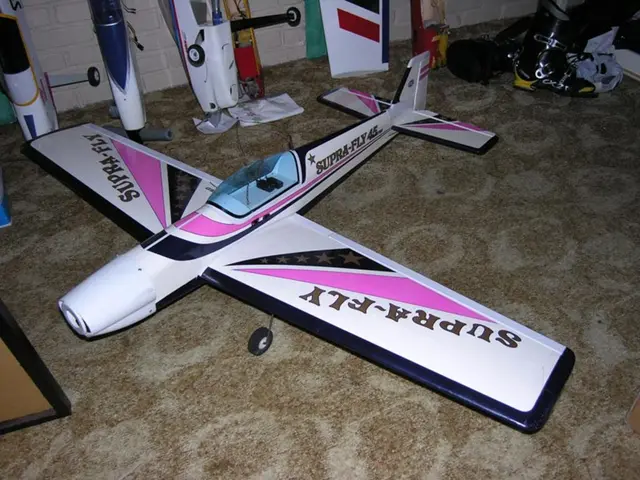Cosmic Distance Scale - Description and Comprehensive Overview - Cosmology Dictionary
Unveiling the Cosmic Distance Ladder: A Tool for Unraveling the Universe's Secrets
In the vast expanse of the cosmos, understanding the distances between celestial objects is a fundamental task for astronomers. One of the essential tools they use is the Cosmic Distance Ladder, a method that allows them to measure distances across various scales in the universe.
The Cosmic Distance Ladder is an interconnected series of methods, each applicable within specific distance ranges and calibrated by more direct methods. The ladder starts with nearby objects whose distances can be measured directly or geometrically, and these measurements are used to calibrate methods for more distant objects.
- Stellar Parallax
- Stellar Parallax is a technique that measures the apparent shift in the position of a nearby star against distant background stars as the Earth orbits the Sun. Using trigonometry, the distance to the star can be calculated from this angular shift. This method provides absolute calibration for nearer stars, acting as the fundamental first rung on the ladder.
- Cepheid Variable Stars
- Cepheid Variable Stars are stars that have a known relation between their pulsation period and intrinsic luminosity. By measuring the period, their absolute brightness can be determined, and comparing with the observed brightness gives the distance. Cepheids serve as key calibrators for distances to galaxies, acting as a mid-range ladder rung calibrated by parallax results.
- Type Ia Supernovae
- Type Ia Supernovae are a specific type of supernova that have a consistent peak luminosity, making them standard candles. Measuring their apparent brightness allows astronomers to infer the distance, extending the reach of the distance ladder to probe distant galaxies and the expansion of the universe.
- Redshift and Hubble's Law
- More distant galaxies show light shifted towards the red, proportional to their velocity away from us due to cosmic expansion. Redshift relates to distance via the Hubble constant when calibrated by other methods. This method measures distances for the farthest galaxies, requiring calibration from closer ladders like Cepheids and supernovae to relate velocity to distance accurately.
These methods form a chain, where stellar parallax provides geometric baselines, Cepheids serve as standard candles grounded in this calibration, supernovae extend the reach further, and redshift measurements apply at the largest scales using earlier calibrations for accuracy.
The Cosmic Distance Ladder continues to be an essential tool in cosmology, helping scientists unravel the mysteries of the universe and our place within it. From groundbreaking discoveries like the expansion of the universe to the existence of dark matter and dark energy, the Cosmic Distance Ladder has played a crucial role in advancing our understanding of the cosmos.
| Method | Principle | Distance Range | Application | |---------------------|------------------------------------|-----------------------------|-----------------------------------| | Stellar Parallax | Angular shift from Earth's orbit | Up to thousands of light-years | Nearby stars; calibrate Cepheids | | Cepheid Variables | Period-luminosity relation | Up to tens of millions of light-years | Nearby galaxies; calibrate supernovae | | Type Ia Supernovae | Standard candle peak luminosity | Up to billions of light-years | Measure galaxy distances; cosmic expansion | | Redshift & Hubble’s Law | Relation between redshift and distance | Cosmological scales (billions of light-years) | Large scale universe structure and expansion |
The Cosmic Distance Ladder's interdependency is highlighted by issues such as the Hubble tension, the disagreement between expansion rates measured locally with distance ladder methods and those inferred from Cosmic Microwave Background (CMB) observations.
Astronomers combine different methods in the Cosmic Distance Ladder to measure distances to celestial objects, with each method providing a crucial piece of the puzzle in understanding the universe's size, age, and structure.
Read also:
- AI Inspection Company, Zeitview, Secures $60 Million Funding for Expansion
- Toyota's Q1 Financial Shift: Reason Behind Profit Dip Yet Hybrid Growth, and Rapid Advancement Towards Net Zero Emissions Goals
- Roseville City Adopts Intelligent Charging System for its Electric Bus and Vehicle Operations, Courtesy of BetterFleet
- Quantum and energy technology may see significant advancements due to the recent increase in phonon interference, reaching unprecedented levels.








